Home>Furniture & Design>Bathroom Accessories>What Is A Plunger Pump
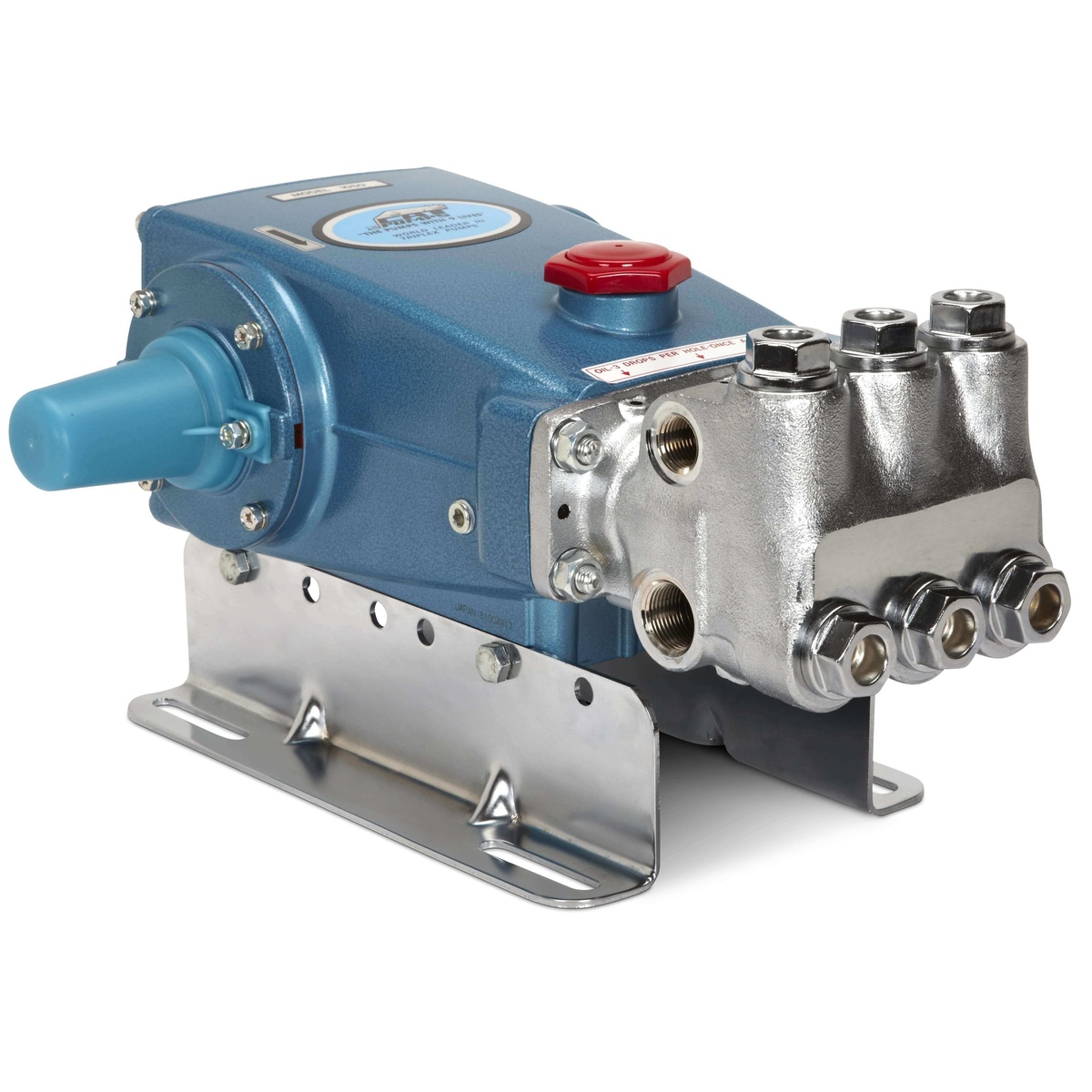

Bathroom Accessories
What Is A Plunger Pump
Published: February 11, 2024
Learn how a plunger pump can improve your bathroom accessories. Find out what a plunger pump is and how it can benefit your bathroom.
(Many of the links in this article redirect to a specific reviewed product. Your purchase of these products through affiliate links helps to generate commission for Storables.com, at no extra cost. Learn more)
Introduction
Plunger pumps are essential components in various industries and applications, playing a pivotal role in fluid transfer and pressure generation. These powerful devices are designed to handle a wide range of fluids, making them indispensable in sectors such as manufacturing, agriculture, automotive, and cleaning, among others. Understanding the functionality and versatility of plunger pumps is crucial for appreciating their significance in diverse settings.
Plunger pumps, also known as reciprocating pumps, operate on the principle of reciprocating motion to generate pressure and move fluids. Their robust construction and efficient design enable them to handle high-pressure applications with precision and reliability. Whether it's delivering water at high pressure for cleaning purposes or transferring chemicals in industrial processes, plunger pumps are renowned for their ability to meet demanding requirements with exceptional performance.
These pumps are characterized by their simple yet effective mechanism, which involves the reciprocating action of a plunger within a cylinder. As the plunger moves back and forth, it creates a suction effect during the retraction phase and generates pressure when pushing the fluid forward. This fundamental process forms the basis of how plunger pumps facilitate fluid movement and pressure generation, making them indispensable in a wide array of applications.
In the subsequent sections, we will delve deeper into the inner workings of plunger pumps, explore the different types available, examine their applications across various industries, and weigh their advantages and disadvantages. By gaining a comprehensive understanding of plunger pumps, readers will be equipped with valuable insights into the pivotal role these devices play in diverse industrial and commercial settings.
Key Takeaways:
- Plunger pumps use back-and-forth motion to create high pressure and move fluids, helping with tasks like cleaning, chemical injection, and agricultural spraying in different industries.
- They come in different types, each suited for specific applications, and offer advantages like reliability and precise fluid transfer, but also have considerations like cost and maintenance complexity.
Read more: What Is A Plunger For
How Does a Plunger Pump Work?
Plunger pumps, also known as reciprocating pumps, operate on a straightforward yet highly effective mechanism. At the core of their functionality is the reciprocating motion of a plunger within a cylinder, which enables them to generate pressure and facilitate fluid movement with precision.
The process begins with the retraction phase, during which the plunger moves away from the cylinder's outlet, creating a vacuum or suction effect. This action draws the fluid into the cylinder through an inlet valve, allowing the pump to prime itself and prepare for the subsequent phase.
As the plunger reverses its motion and pushes back towards the outlet, the inlet valve closes to prevent the backflow of fluid. Simultaneously, the outlet valve opens, enabling the pressurized fluid to be discharged from the cylinder. This forward movement of the plunger results in the generation of high pressure within the cylinder, which propels the fluid through the outlet and into the designated system or application.
The precision and efficiency of this reciprocating action allow plunger pumps to handle high-pressure applications with remarkable accuracy. Their ability to generate consistent and controlled pressure makes them ideal for tasks such as high-pressure cleaning, water blasting, chemical injection, and various industrial processes that demand reliable fluid transfer and pressure generation.
Furthermore, the robust construction of plunger pumps, often featuring durable materials and precision-engineered components, ensures their reliability and longevity in demanding operational environments. This reliability, coupled with their ability to handle a wide range of fluids, makes plunger pumps indispensable in numerous industries, including manufacturing, oil and gas, agriculture, automotive, and cleaning, among others.
In essence, the fundamental principle of reciprocating motion within a cylinder forms the basis of how plunger pumps work. This simple yet effective mechanism enables these pumps to fulfill critical roles in fluid transfer and pressure generation across diverse industrial and commercial applications.
Types of Plunger Pumps
Plunger pumps are available in various types, each tailored to specific applications and operational requirements. Understanding the distinct characteristics and functionalities of these types is crucial for selecting the most suitable pump for a given task. Here are some common types of plunger pumps:
1. Triplex Plunger Pumps
Triplex plunger pumps are renowned for their high efficiency and consistent performance in high-pressure applications. As the name suggests, these pumps feature three plungers operating in unison within the cylinder, enabling them to deliver smooth and pulsation-free flow. This design minimizes pressure fluctuations, making triplex plunger pumps ideal for tasks that demand precise and continuous pressure, such as water blasting, hydrostatic testing, and industrial cleaning.
2. Duplex Plunger Pumps
Duplex plunger pumps, characterized by their two-plunger configuration, offer reliable performance in moderate-pressure applications. While they may not match the high-pressure capabilities of triplex pumps, duplex plunger pumps excel in tasks that require moderate pressure and flow rates, such as car wash systems, misting applications, and small-scale industrial processes. Their robust construction and efficient operation make them a popular choice for various commercial and industrial settings.
Read more: What Is A Plunger Valve
3. Quintuplex Plunger Pumps
Quintuplex plunger pumps, featuring five plungers within the cylinder, are designed to handle extremely high-pressure applications with exceptional precision. These pumps are favored for tasks that demand ultra-high pressure and continuous operation, such as oil and gas exploration, chemical processing, and large-scale industrial cleaning. The quintuplex configuration enables these pumps to deliver unparalleled pressure and flow control, making them indispensable in critical operations where precision and reliability are paramount.
4. Simplex Plunger Pumps
Simplex plunger pumps, with a single plunger mechanism, are commonly employed in low to moderate-pressure applications that require reliable fluid transfer and pressure generation. While they may not match the performance of their multi-plunger counterparts, simplex plunger pumps are valued for their simplicity, cost-effectiveness, and suitability for light-duty tasks such as small-scale agricultural spraying, vehicle washing, and general-purpose fluid transfer.
5. Hydraulic Plunger Pumps
Hydraulic plunger pumps utilize hydraulic power to drive the reciprocating motion of the plungers, making them suitable for applications where hydraulic systems are prevalent. These pumps are widely used in hydraulic intensification, hydraulic power units, and various industrial processes that leverage hydraulic power for fluid transfer and pressure generation.
Understanding the diverse types of plunger pumps and their respective capabilities is essential for selecting the most suitable pump for a given application. By considering factors such as pressure requirements, flow rates, and operational conditions, industries and businesses can leverage the distinct advantages offered by each type of plunger pump to optimize their fluid transfer and pressure generation processes.
Applications of Plunger Pumps
Plunger pumps find extensive applications across a diverse spectrum of industries and operational scenarios, owing to their ability to generate high pressure and facilitate precise fluid transfer. The versatility and reliability of these pumps make them indispensable in various critical tasks and processes. Here are some notable applications of plunger pumps:
Read more: What Is The Plunger Of A Syringe
1. High-Pressure Cleaning
Plunger pumps play a pivotal role in high-pressure cleaning applications, including surface preparation, industrial equipment cleaning, and graffiti removal. Their ability to generate and maintain high pressure enables efficient removal of stubborn dirt, grime, and contaminants from surfaces, making them essential components in industrial cleaning systems and pressure washers.
2. Water Blasting
In industries such as construction, marine, and infrastructure maintenance, plunger pumps are utilized for water blasting applications. These pumps deliver high-pressure water streams for tasks such as concrete removal, surface preparation, and hydro-demolition, demonstrating their effectiveness in demanding and precision-critical operations.
3. Chemical Injection
Plunger pumps are employed for precise chemical injection in various industrial processes, including oil and gas production, chemical manufacturing, and water treatment. Their ability to handle a wide range of chemicals and deliver accurate dosing makes them invaluable for ensuring the controlled and efficient introduction of chemicals into complex systems.
4. Hydrostatic Testing
The high-pressure capabilities of plunger pumps make them ideal for hydrostatic testing of pipelines, vessels, and other pressure-containing components. These pumps enable the generation of precise and consistent test pressures, ensuring the integrity and safety of critical infrastructure and equipment in industries such as oil and gas, petrochemical, and manufacturing.
Read more: What Is The Best Kind Of Toilet Plunger
5. Agricultural Spraying
In agriculture, plunger pumps are utilized for crop spraying, pest control, and fertilization applications. Their ability to deliver controlled fluid flow and pressure facilitates efficient and uniform distribution of agricultural inputs, contributing to enhanced crop yield and effective pest management in farming operations.
6. Industrial Processes
Plunger pumps are integral to various industrial processes, including metal fabrication, food processing, and manufacturing. They are employed for tasks such as coolant circulation, lubrication, and hydraulic intensification, where precise fluid transfer and pressure generation are essential for maintaining operational efficiency and product quality.
7. Oil and Gas Exploration
In the oil and gas industry, plunger pumps are utilized for well stimulation, enhanced oil recovery, and chemical injection in downhole operations. Their ability to handle high-pressure fluids and harsh operating conditions makes them vital for optimizing production and maintaining the integrity of oil and gas reservoirs.
8. Vehicle Washing
Plunger pumps are employed in commercial and industrial vehicle washing systems, delivering high-pressure water for effective cleaning of cars, trucks, and heavy equipment. Their robust performance and ability to withstand continuous operation make them ideal for maintaining cleanliness and hygiene in automotive and transportation facilities.
Read more: What Does A Plunger Look Like
9. Misting Systems
Plunger pumps are utilized in misting systems for applications such as dust suppression, odor control, and climate control in outdoor and industrial settings. Their ability to generate fine mist at high pressure enables efficient and targeted dispersion of water-based solutions for environmental and operational enhancement.
10. Reverse Osmosis
In water treatment and desalination processes, plunger pumps are employed for reverse osmosis applications, facilitating the pressurization and movement of water through semi-permeable membranes. Their precise pressure control and compatibility with corrosive fluids make them essential for ensuring efficient and reliable water purification and desalination.
In essence, the diverse applications of plunger pumps underscore their significance in enabling critical processes across industries, from high-pressure cleaning and industrial operations to agricultural and environmental applications. The reliability, precision, and versatility of these pumps make them indispensable components in addressing complex fluid transfer and pressure generation requirements.
Advantages and Disadvantages of Plunger Pumps
Plunger pumps offer a range of advantages that make them indispensable in various industrial and commercial applications. At the same time, they also present certain limitations that need to be considered when evaluating their suitability for specific tasks. Understanding the advantages and disadvantages of plunger pumps is crucial for making informed decisions regarding their utilization in diverse operational scenarios.
Advantages
-
High Pressure Capability: One of the primary advantages of plunger pumps is their ability to generate and sustain high pressure with exceptional precision. This capability makes them ideal for tasks that demand controlled and consistent pressure, such as high-pressure cleaning, water blasting, and chemical injection.
-
Versatility: Plunger pumps are designed to handle a wide range of fluids, including water, chemicals, and industrial solvents. Their versatility enables them to adapt to diverse fluid transfer requirements across different industries, making them valuable assets in various operational settings.
-
Reliability: These pumps are known for their robust construction and reliable performance, even in demanding operational environments. Their durable components and efficient design contribute to their longevity and consistent operation, ensuring minimal downtime and enhanced productivity.
-
Precise Fluid Transfer: The reciprocating motion of plunger pumps facilitates precise fluid transfer and dosing, making them suitable for applications that require accurate delivery of fluids, such as chemical processing, hydrostatic testing, and agricultural spraying.
-
Pulsation-Free Flow: Certain types of plunger pumps, such as triplex and quintuplex configurations, are designed to deliver smooth and pulsation-free flow, minimizing pressure fluctuations and ensuring a continuous and controlled fluid output.
Read more: What Does A Plunger Do On A Recurve Bow
Disadvantages
-
Cost: Plunger pumps, especially those designed for high-pressure and heavy-duty applications, can involve significant initial investment. The cost of procurement, installation, and maintenance may pose a financial challenge for some businesses, particularly those with budget constraints.
-
Complex Maintenance: While plunger pumps are renowned for their reliability, they may require specialized maintenance and periodic servicing to ensure optimal performance. The intricate nature of certain components and the need for precision adjustments can contribute to maintenance complexities.
-
Noise and Vibration: In certain operational scenarios, plunger pumps may generate noticeable noise and vibration, which can impact the working environment and necessitate additional measures for noise control and vibration dampening.
-
Limited Flow Rate: Depending on the specific type and configuration, plunger pumps may have limitations in terms of maximum flow rate, especially when compared to alternative pump designs such as centrifugal pumps.
-
Energy Consumption: Operating plunger pumps at high pressures and continuous duty cycles may result in relatively higher energy consumption, which can contribute to operational costs and energy efficiency considerations.
By weighing these advantages and disadvantages, businesses and industries can make informed decisions regarding the utilization of plunger pumps in their operations. While the advantages underscore the pivotal role of these pumps in critical fluid transfer and pressure generation tasks, the associated limitations highlight the importance of considering operational requirements and cost-effectiveness when integrating plunger pumps into various applications.
Conclusion
In conclusion, plunger pumps stand as indispensable assets in a wide array of industrial, commercial, and operational settings, owing to their ability to facilitate precise fluid transfer and generate high pressure with exceptional reliability. The fundamental principle of reciprocating motion within a cylinder forms the basis of their functionality, enabling them to meet demanding requirements across diverse applications.
The versatility of plunger pumps is evident in their ability to handle various fluids, including water, chemicals, and industrial solvents, making them adaptable to the fluid transfer needs of different industries. From high-pressure cleaning and water blasting to chemical injection and agricultural spraying, these pumps play pivotal roles in critical processes, contributing to enhanced productivity and operational efficiency.
The distinct types of plunger pumps, such as triplex, duplex, quintuplex, simplex, and hydraulic configurations, offer tailored solutions for specific pressure and flow rate requirements. Whether it's delivering pulsation-free flow in high-pressure cleaning systems or ensuring precise chemical dosing in industrial processes, each type of plunger pump brings unique advantages to diverse operational scenarios.
While plunger pumps offer advantages such as high pressure capability, versatility, reliability, precise fluid transfer, and pulsation-free flow, they also present considerations such as cost, maintenance complexity, noise and vibration, limited flow rate, and energy consumption. By carefully evaluating these factors, industries and businesses can make informed decisions regarding the integration of plunger pumps into their operations, ensuring optimal performance and cost-effectiveness.
In essence, the significance of plunger pumps in enabling critical processes across industries cannot be overstated. Their ability to handle high-pressure applications, deliver precise fluid transfer, and adapt to diverse operational requirements positions them as essential components in addressing complex fluid transfer and pressure generation needs. As industries continue to evolve and demand efficient and reliable fluid handling solutions, plunger pumps remain at the forefront, driving productivity and operational excellence across various sectors.
Frequently Asked Questions about What Is A Plunger Pump
Was this page helpful?
At Storables.com, we guarantee accurate and reliable information. Our content, validated by Expert Board Contributors, is crafted following stringent Editorial Policies. We're committed to providing you with well-researched, expert-backed insights for all your informational needs.
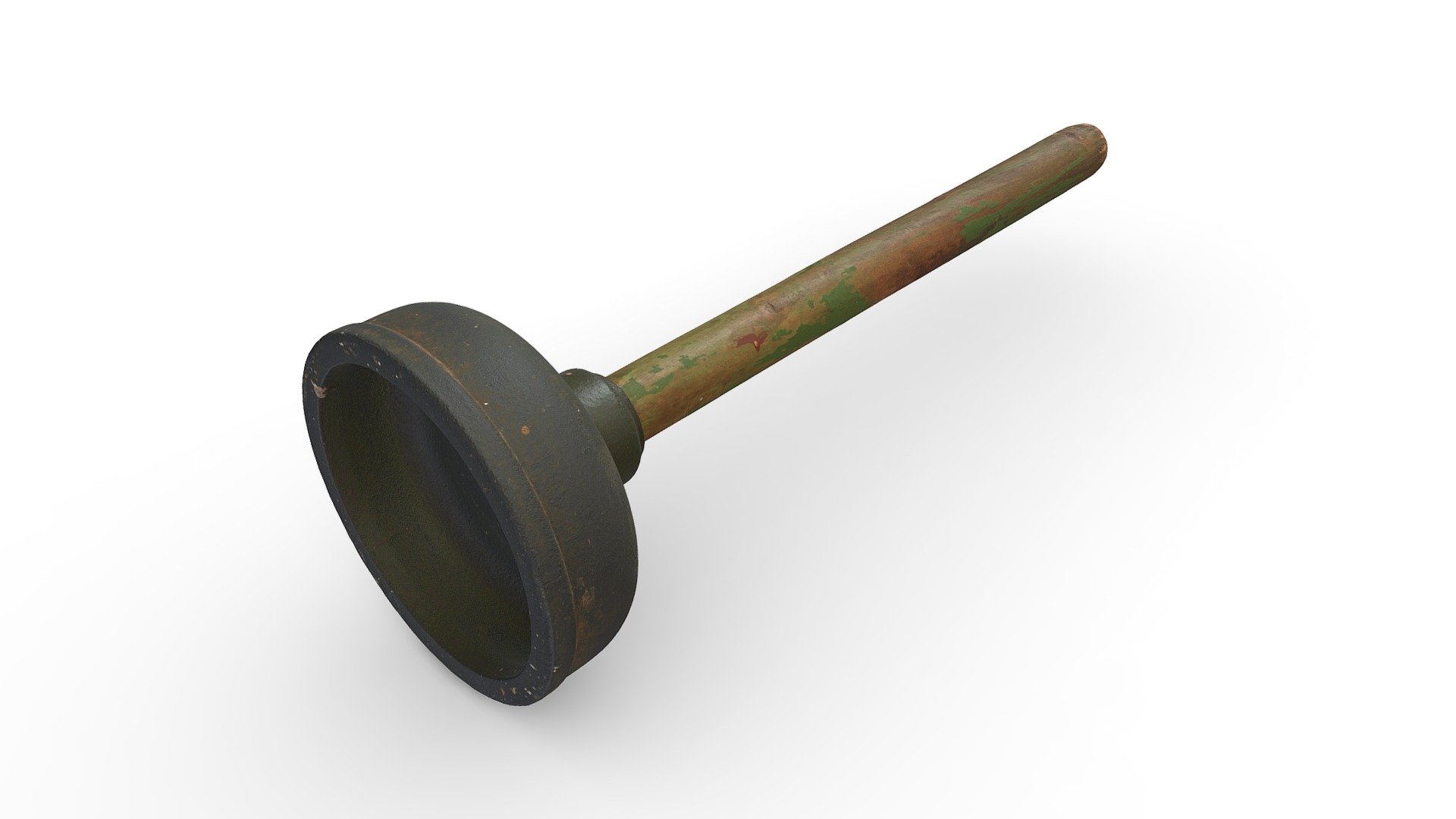
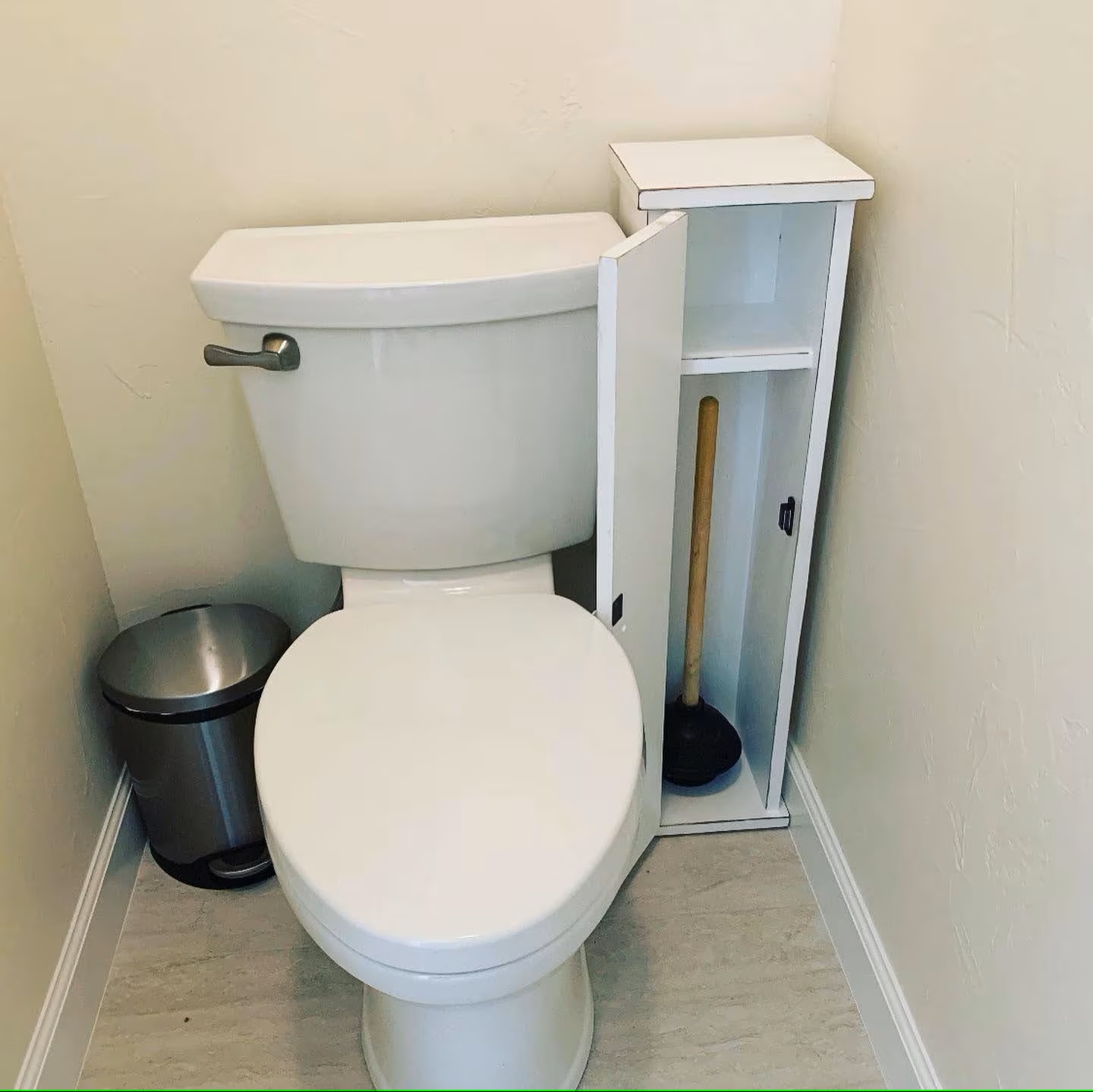
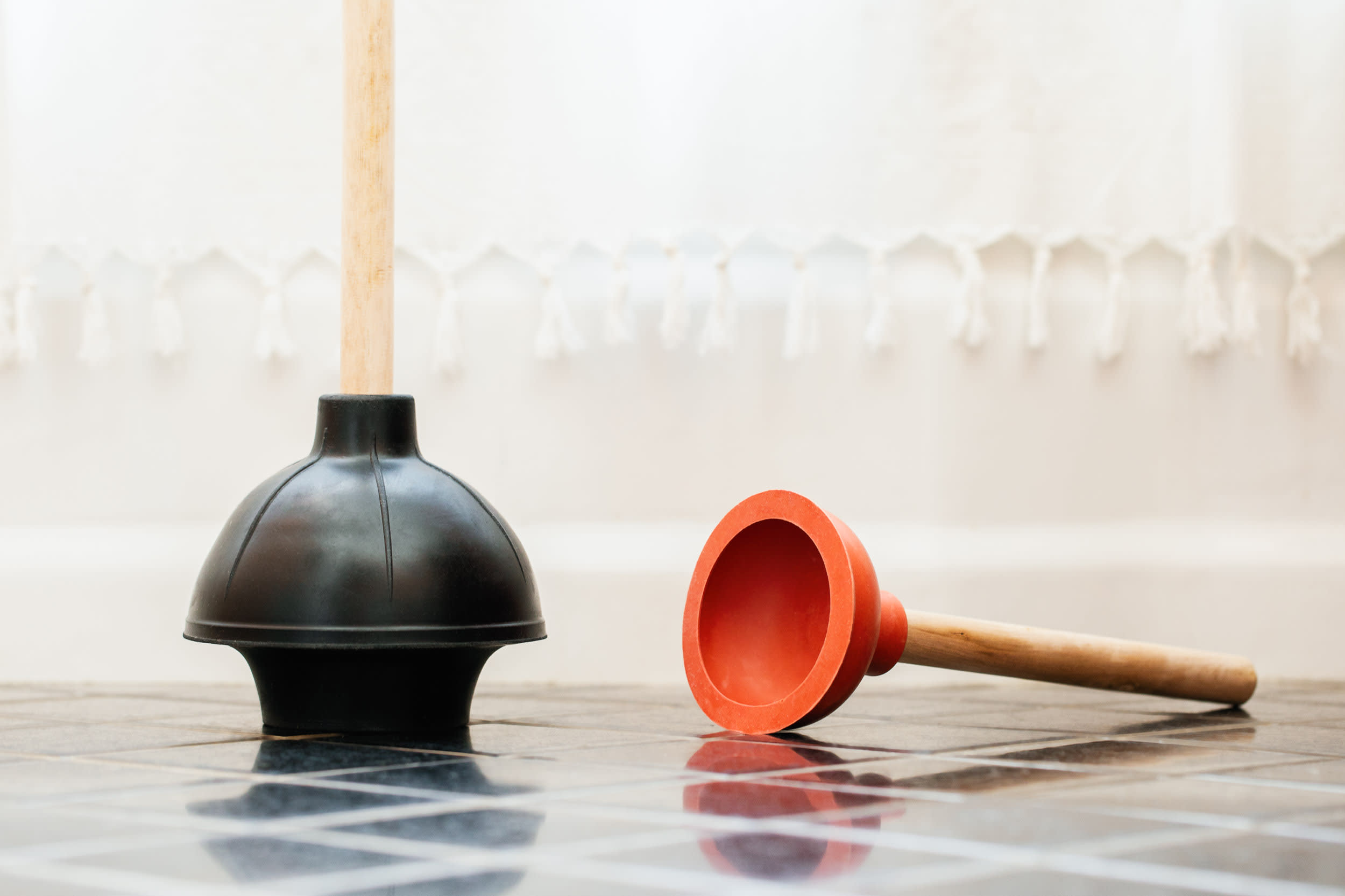
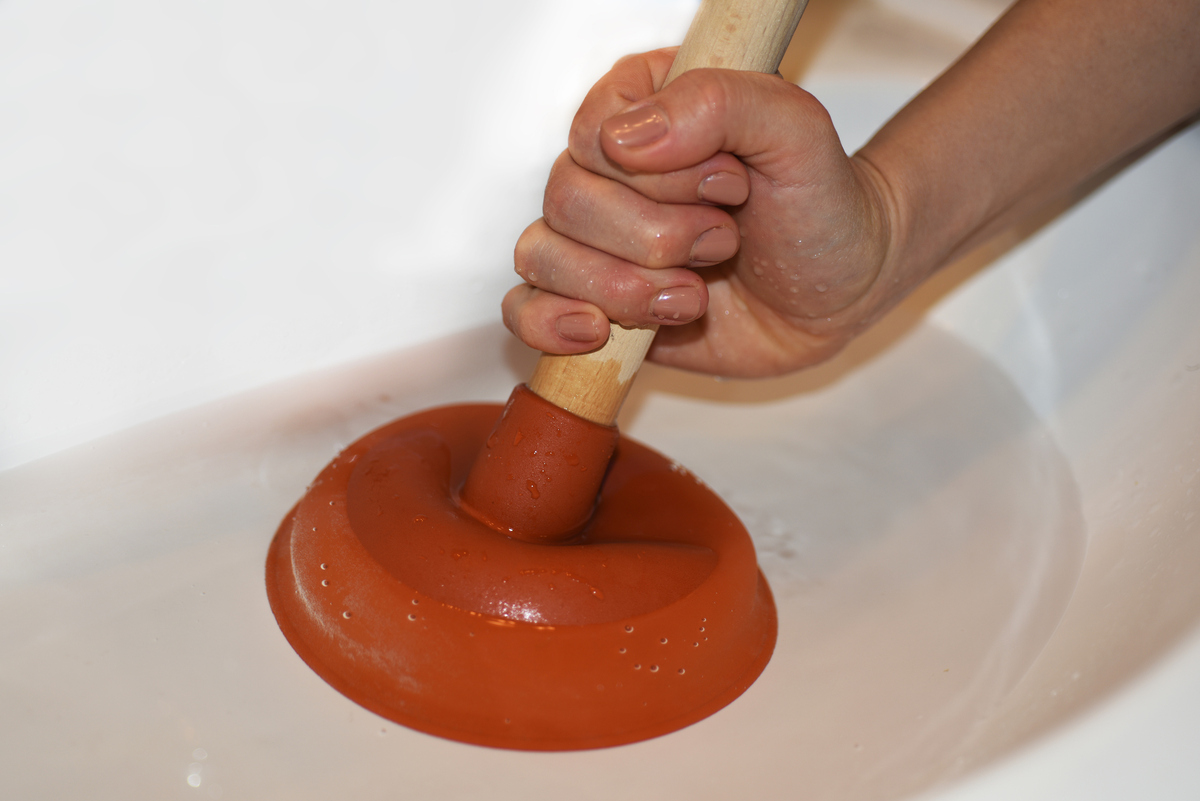
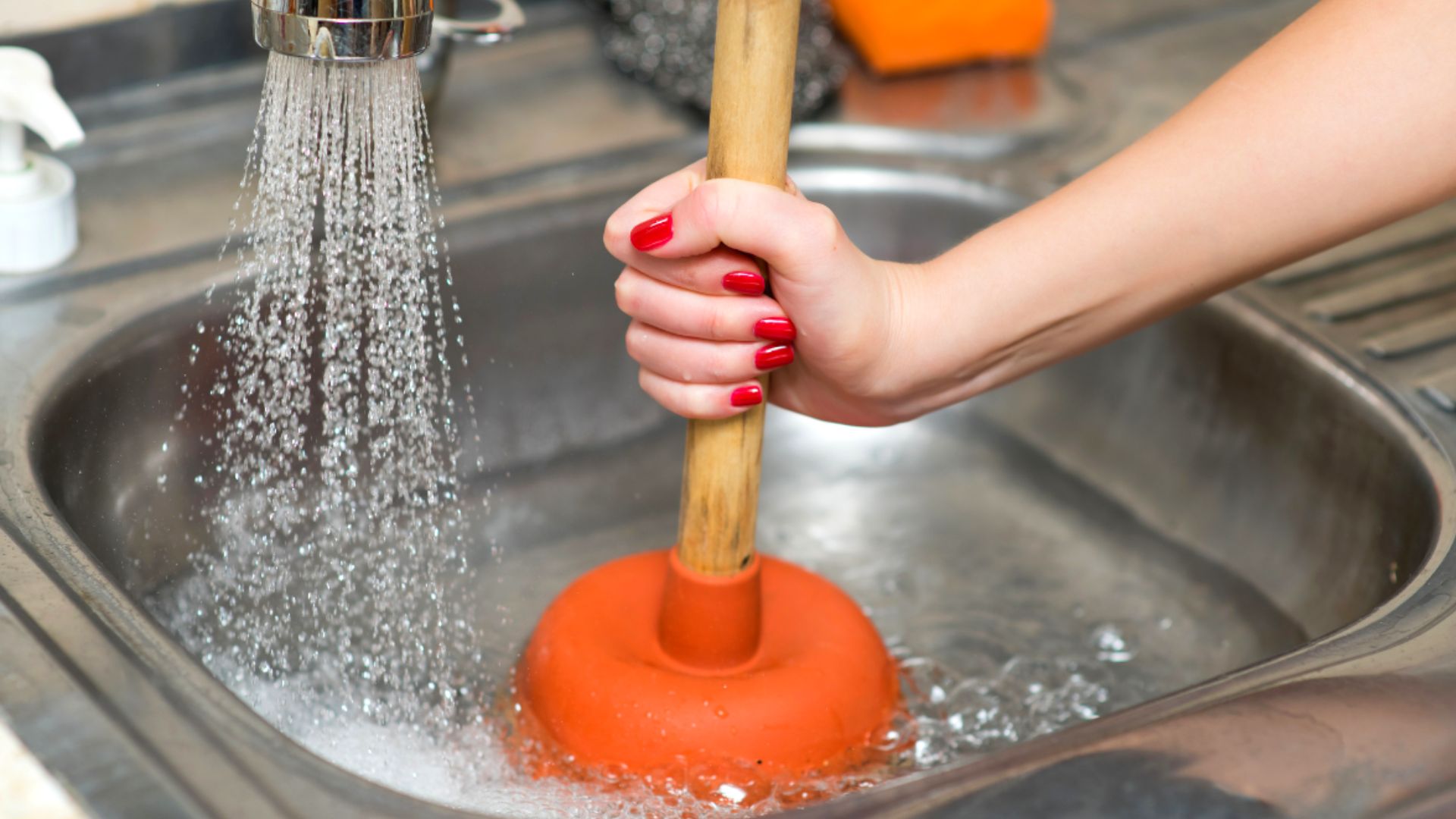
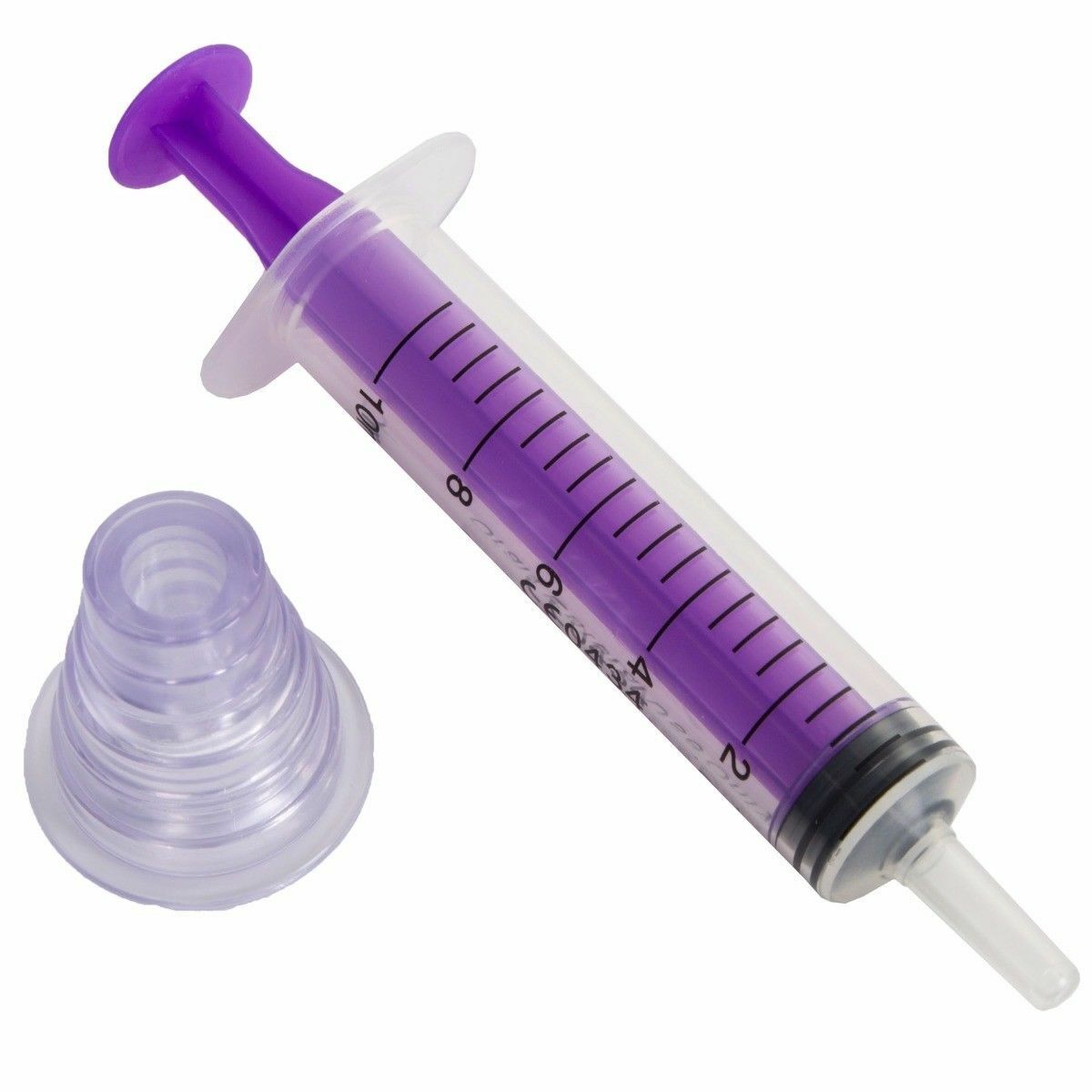
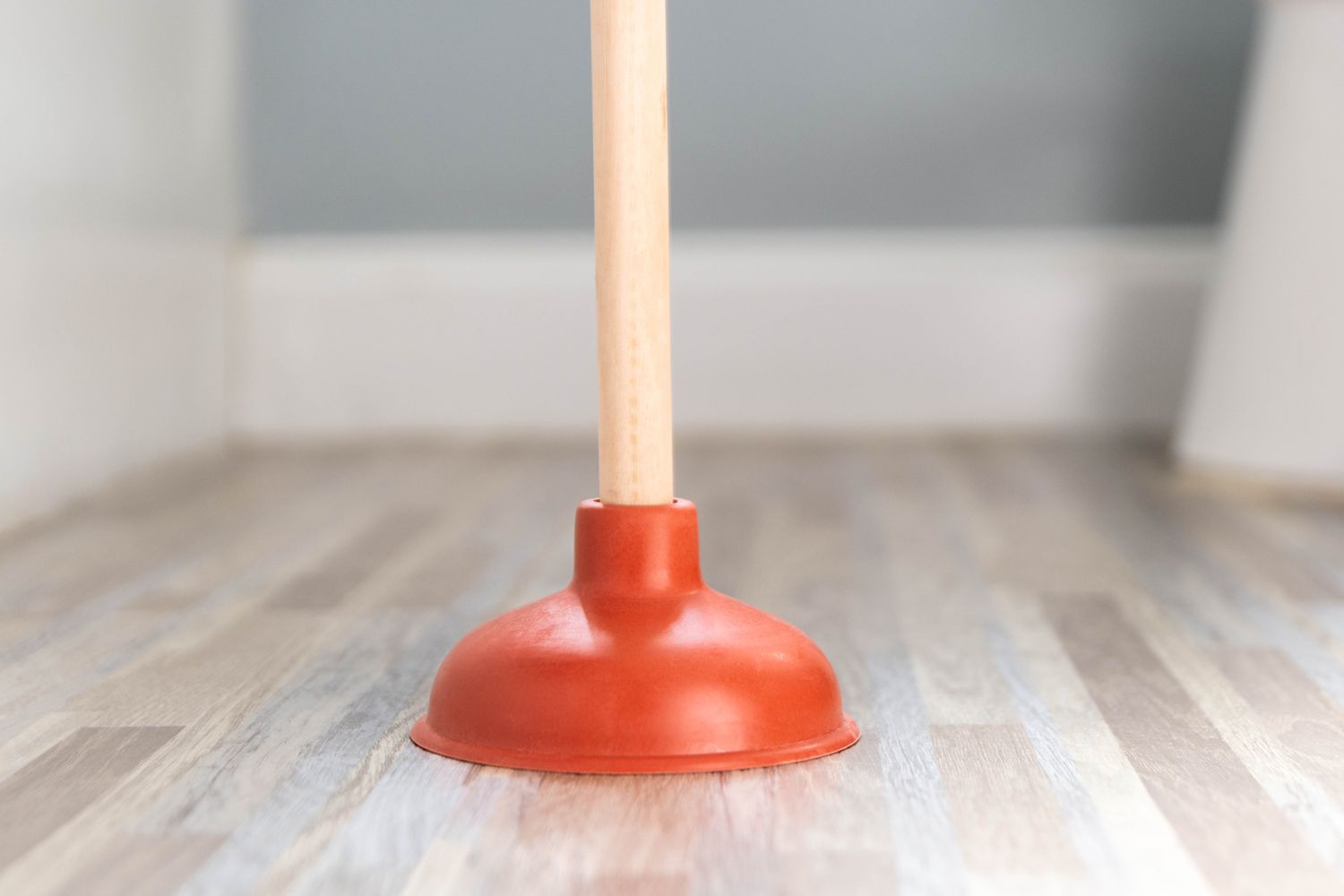
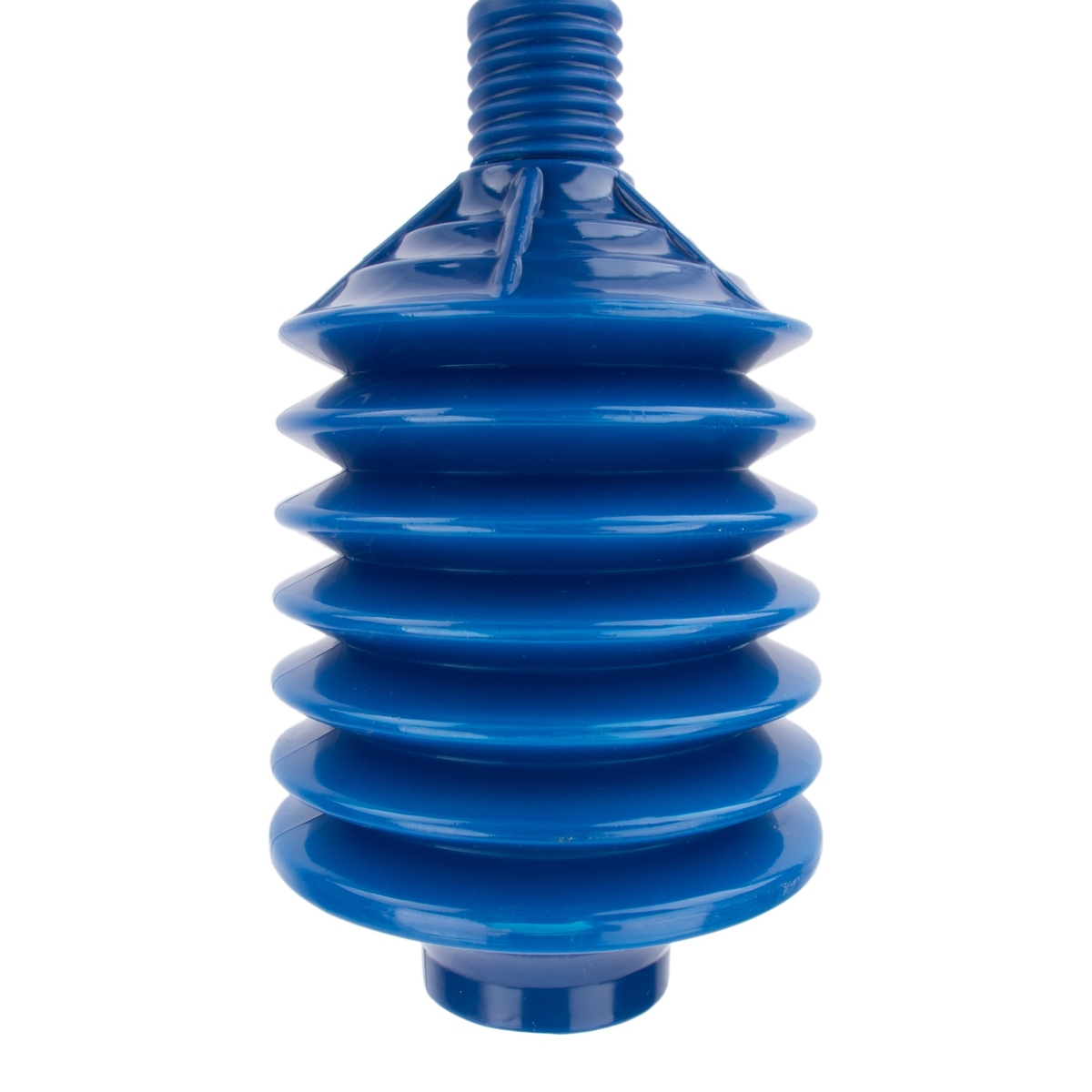
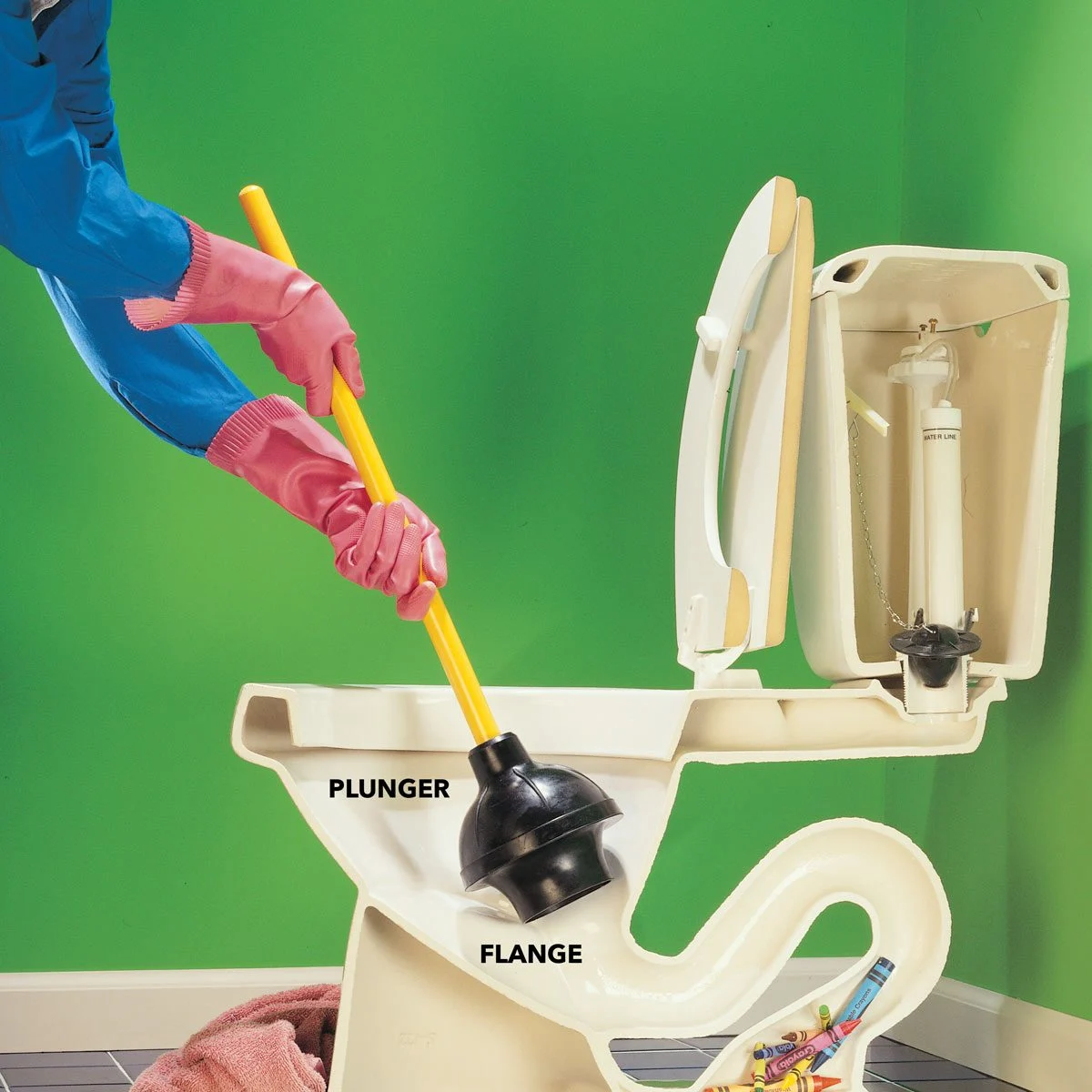
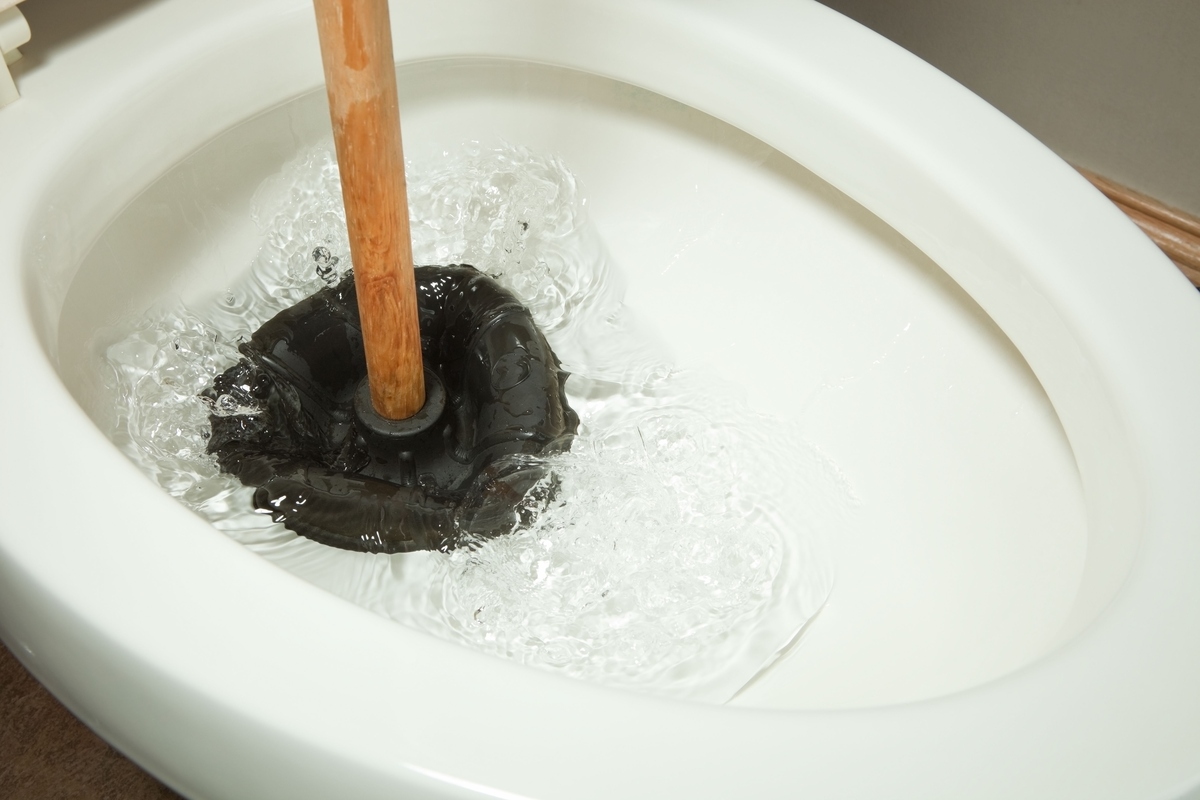

0 thoughts on “What Is A Plunger Pump”